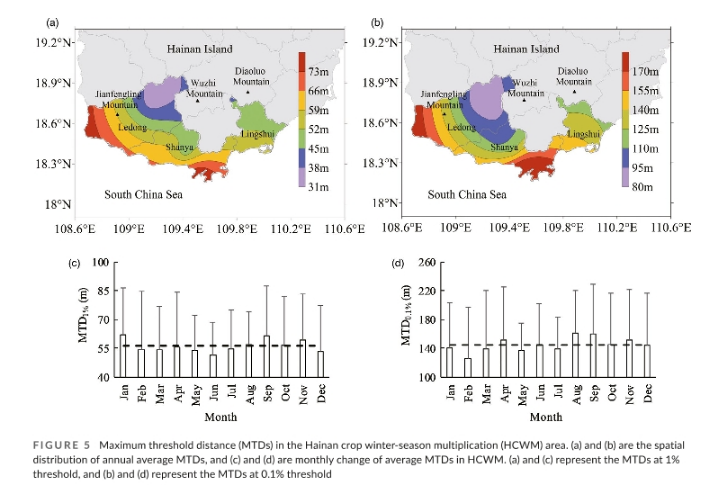Abstract:
On the coexistence of genetically modified (GM) and non-GM maize, the isolation distance plays an important role in controlling the transgenic flow. In this study, maize gene flow model was used to quantify the MTD0.1% and MTD1% in the main maize-planting regions of China; those were the maximum threshold distance for the gene flow frequency equal to or lower than 1% and 0.1%. The model showed that the extreme MTD1% and MTD0.1% were 187 and 548 m, respectively. The regions of northern China and the coastal plain, including Hainan crop winter-season multiplication base, showed a significantly high risk for maize gene flow, while the west-south of China was the largest low-risk areas. Except for a few sites, the isolation distance of 500 m could yield a seed purity of better than 0.1% and meet the production needs of breeder seeds. The parameters of genetic competitiveness (cp) were introduced to assess the effects of hybrid compatibility between the donor and recipient. The results showed that hybrid incompatibility could minimize the risk. When cp = 0.05, MTD1% and MTD0.1% could be greatly reduced within 19 m and 75 m. These data were helpful to provide scientific data to set the isolation distance between GM and non-GM maize and select the right place to produce the hybrid maize seeds.
Keywords:gene flow;;genetic competitiveness;;maize;;maximum threshold distance (MTD);;risk management



